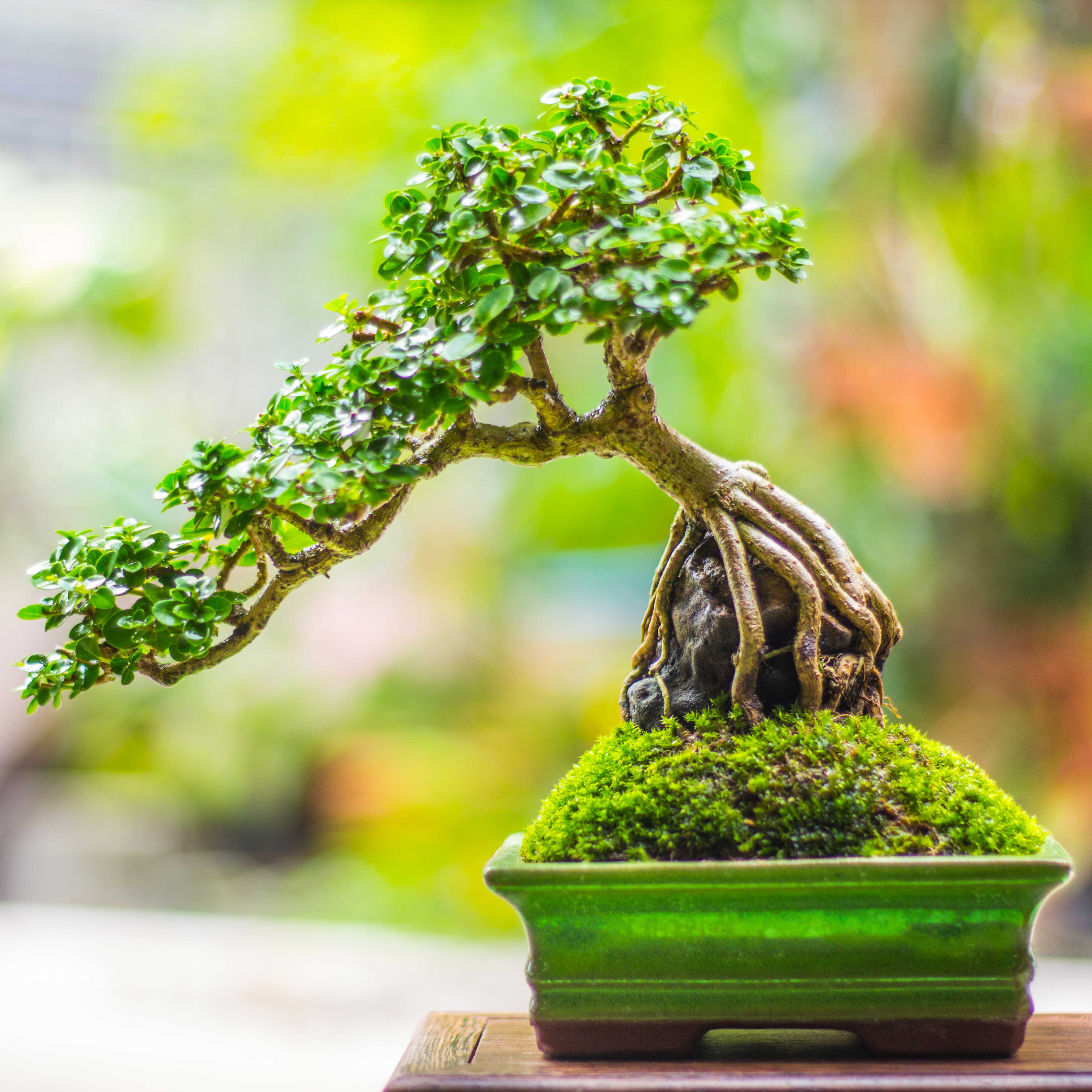A short journey into the roots of miniature trees
At T Sekai Bonsai, it's all about getting closer to nature — in a way that brings peace and inspiration. But where does bonsai actually come from? Let's take you back to where it all began.
From Penjing to Bonsai
The roots of bonsai lie in ancient China, around the year 700. There, the art of penjing emerged — miniature landscapes made of trees, rocks, and mosses, capturing the essence of nature in a small space.
- Penjing means “landscape in a tray”
- The focus was on expressing the vastness of nature in miniature
- It was often linked to spiritual or philosophical ideas
Through Buddhist monks, this art form eventually reached Japan, where it evolved into bonsai — simpler, more serene, and focused entirely on the tree itself.
More than just a tree in a pot
In Japan, bonsai developed into a refined art form:
- It symbolized patience, simplicity, and harmony
- Styles such as Chokkan (formal upright) and Shakan (slanting) were born
- Once reserved for nobility, bonsai later became available to everyone
Each bonsai tells a story — shaped by nature, guided by the grower.
Bonsai Today
Today, bonsai is loved around the world. Not as decoration, but as a form of living art, and a way to reconnect with nature.
At T Sekai Bonsai, we focus entirely on outdoor bonsai — trees that live outside year-round, in tune with the seasons. Hardy species that thrive in the Dutch climate and can live for decades with the right care.
We offer:
- Young outdoor bonsai with character
- High-quality bonsai wire for shaping and training
- Pots and substrate that match your tree and style
Bonsai begins with attention
At T Sekai Bonsai, we don’t believe in rushing or perfection — we believe in care and connection.
Every tree grows in its own way — and you grow along with it.
Curious to get started?
Explore our outdoor bonsai and accessories — and begin your own journey into this timeless art form.

